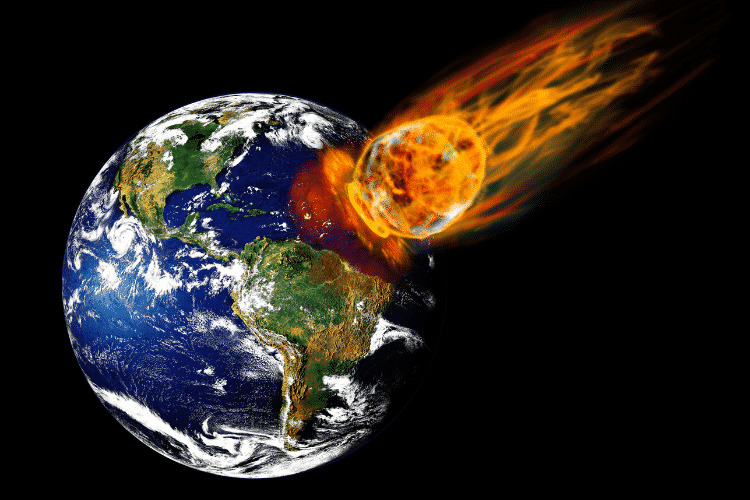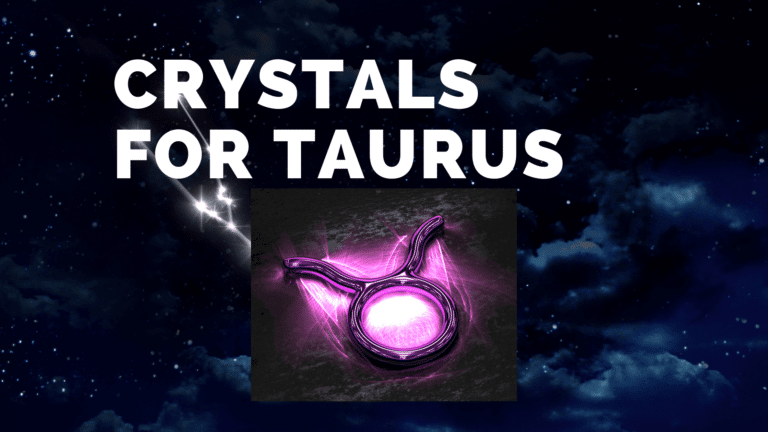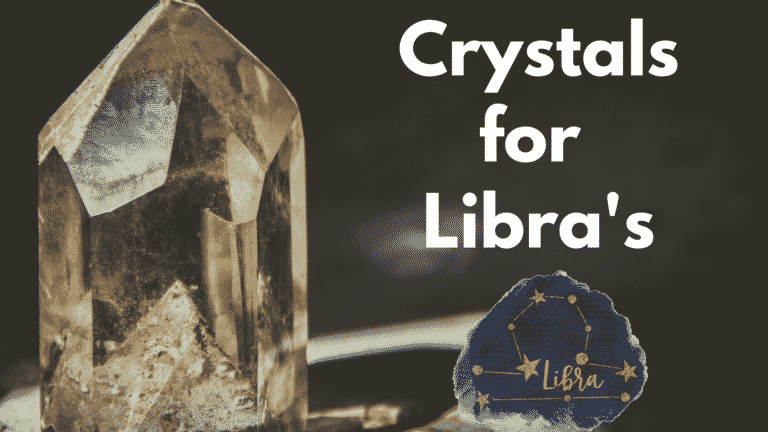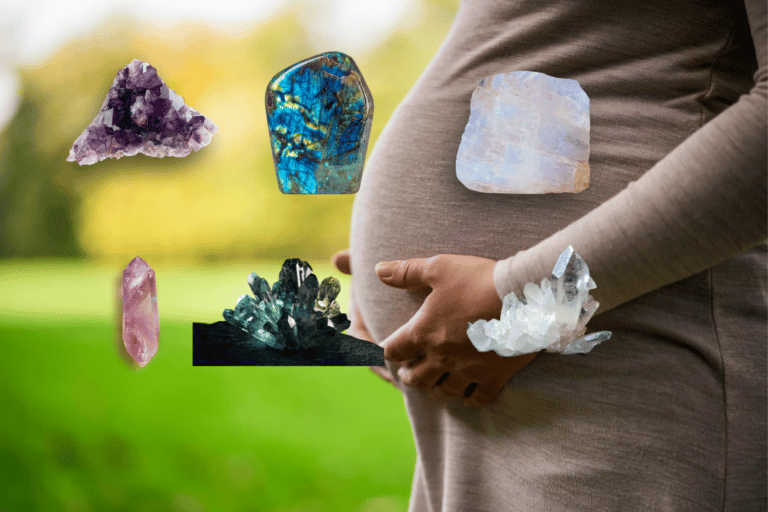Things You Didn’t Know About Glass Meteorites
Published on February 16, 2022 – Last Updated on February 17, 2022
Have you ever seen a piece of glass that looked like a meteorite? If so, you didn’t see things. Pieces of Glass that have fallen to Earth from outer space are called “glass meteorites.” In this blog post, we’ll tell you more about them. We’ll also share some exciting facts about meteorites in general. So, if you’re interested in learning more about these fascinating objects, keep reading!
Natural Glass
Natural Glass is created when a volcanic activity hurls molten rock into the air. The molten rock, which is made up of silica and other minerals, cools as it falls back to Earth. If the conditions are right, the cooled material will form a thin sheet of glass. This process has been happening for millions of years, and as a result, there are many pieces of natural glass scattered around the planet.
One of the most famous examples of natural Glass is Obsidian. Obsidian is a black or dark-colored glass that was used by ancient civilizations for weapons and tools. It’s thought that because Obsidian is so sharp and brittle, it was an ideal material for making blades and other implements.
Moldavite
Moldavite is a newly formed rock that resulted from the collision of larger meteorites. It has been found in Czechoslovakia, which is where it got its name.
Moldavite jewelry was once a prevalent choice for people who wanted to wear something with meaning and beauty, but these days they are becoming more difficult to find due to their rarity.
Less than one hundred pieces of moldavite were ever mined and cut into gems or beads, making them especially valuable and beautiful.
Moldavite is an extraordinary stone, and it has been used for thousands of years. Some people believe that the person who wore moldavite had more chance of being successful on their hunt or in battle.
It was said to increase the speed at which the human mind worked and was thought to have been helpful with solving problems.
Some people believed that wearing moldavite helped them to make decisions, while others said it could help influence their subconscious mind. Whatever the reason for wearing it, moldavite has many positive properties and is often used for increasing psychic abilities.
What is the Libyan Desert Glass?
Clues to an ancient cosmic cataclysm are hidden in the remote desert of western Egypt, near Libya’s border. Libyan glass has been found scattered across hundreds of kilometers and ASSUMING THAT THIS GLASS WAS NOT ERUPTING FROM SOME OTHER NATURAL CAUSE WHICH IS PROBABLE due to its proximity (500 km) with respect only without going into too much detail as it can be quite lengthy – but what we do know for certain at this point according to NASA is that the glass was formed between 28 million to 29 million years ago. It is believed to have originated from an impacting comet or meteoroid, which exploded several miles above the desert floor.
This Libyan Desert Glass, or what NASA calls tektites, has been so historically prevalent in UFO stories and “evidence” because a meteor impact of some sort can ONLY create it.
Impact Melt Rocks
When a large meteor slam into Earth, the extreme heat and pressure produced by the collision will cause some of the rocks to melt. These molten rocks are called impact melt rocks or impactites. Sometimes, pieces of natural glass can be found embedded in these rocks.
In fact, many scientists believe that tektites were created when large meteorites exploded in Earth’s atmosphere. A small number of geologists think that tektites may be formed by impacts on the surface of the Earth as well, but most do not support this theory because there is no evidence to support it. Some even believe that tektites were formed when asteroids struck large bodies of water on the planet — however, this is a widely discredited theory at this point in time.
Glass Meteorite Facts
- One of the largest known glass meteorites was discovered in 1749 in France. It measured nearly three feet across and weighed approximately 12,000 pounds (5,443 kilograms).
- The oldest meteorite dates back to over four billion years ago – it is a 4.55 billion-year-old zircon crystal found in western Australia.
- The most recent meteorite impact glasses on Earth were just a few thousand years ago – the 300-kiloton Carancas Meteorite fell near the border of Peru and Bolivia on September 15, 2007.
- Most meteorites are found in the asteroid belt between Mars and Jupiter in space.
Impact Melt Rock
Impact melt rocks are created when meteors or asteroids hit the Earth. The force of the impact creates a type of rock that is made up of melted material from both the meteor and the Earth. Impact melt rocks are usually found near craters that were formed by these collisions.
Impact Melt Rock Information and Uses
The first example of an impact melt rock was discovered in 1792 after a large meteor hit the Earth near L’Aigle, France. Since then, many more impact melt rocks have been found and studied. Impact melt rocks come from meteors that are made up of materials such as iron, nickel, and olivine. When these meteors hit the Earth, they melt the surface of the Earth and create a glass-like rock called impactite. Impactites can be considered to be one of the few “extraterrestrial” minerals that we have on Earth.
Many different uses for impact melt rocks have been found lately. It has even been suggested that impact melt rocks can be used in place of certain kinds of glass, such as Pyrex. Also, laboratory studies have shown that they are helpful when studying the geology of other planets because impactites are similar to surface materials on other planets.
The most common use for impactite today is for collecting and jewelry. However, the melted and glassy surfaces of impactites can be used to design and create unique jewelry.
Ancient meteorite impact
Meteorites are one of the most interesting topics in science. They come from space, they’re huge, and they can have a tremendous impact on Earth. So what would happen if a meteorite hit today?
The answer is that it depends on where it lands. If the meteorite landed in an ocean, there would be no damage to landmasses at all – which is good news for coastal cities like New York City or Tokyo! But if the meteorite were to fall into any other body of water with enough force to create a tsunami, you can bet that coastline populations would suffer significant casualties.
The worst part about this scenario is that tsunamis travel inland as well as outwards along coastlines – meaning that anyone living anywhere near the impact site would be in danger. And if it were to fall into a city? The damage could be catastrophic.
The Chelyabinsk meteorite was relatively small, yet it created substantial damage on the ground below — more than 1,000 people were injured. This is what would happen if an asteroid that’s far larger than this one collided with Earth. The impact would be so massive that it could cause the entire planet to tilt on its axis and change its orbit. We’d all freeze or burn, depending on where we were located when the meteorite hit.
Conclusion
Although most meteorites found on Earth are made of stone, there is a small percentage composed of glass. These “glass” meteorites are fascinating and unique and offer scientists a glimpse into the early history of our solar system. Thanks for joining us as we learned more about these unique objects!







